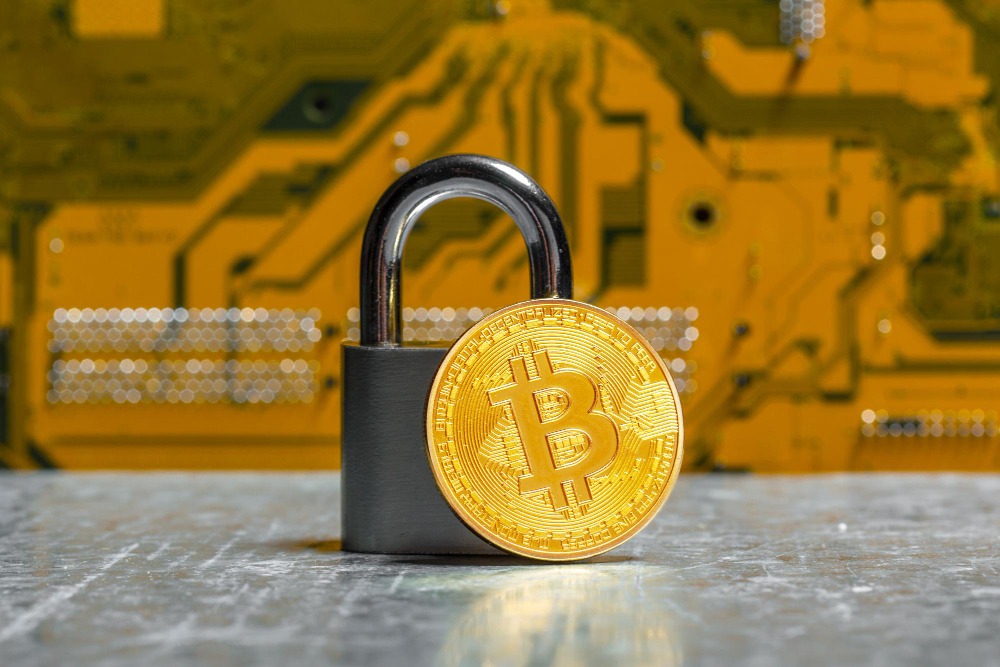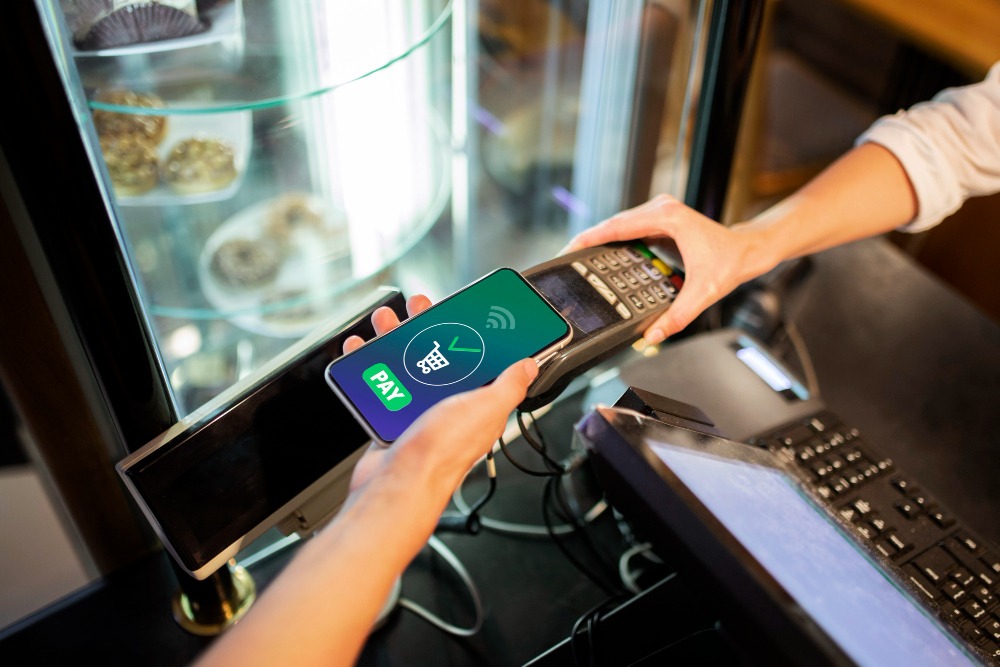In the rapidly evolving world of cryptocurrency, safeguarding your digital assets has become more critical than ever. With hackers constantly seeking vulnerabilities, ensuring that your funds are secure requires diligent effort and adherence to best practices. This guide explores effective strategies to store your cryptocurrency safely and protect it from potential threats.
Understanding Cryptocurrency Wallets

Cryptocurrency wallets are digital tools that allow users to store, send, and receive digital currencies. These wallets come in two main types: hot wallets and cold wallets. Hot wallets are connected to the internet and provide convenient access, making them suitable for frequent transactions. However, they are more vulnerable to cyberattacks. In contrast, cold wallets operate offline, offering enhanced security at the expense of accessibility.
Choosing the right wallet depends on your specific needs and risk tolerance. For instance, if you regularly trade cryptocurrencies, a hot wallet might be more practical. On the other hand, long-term holders often prefer cold wallets to mitigate security risks. It’s crucial to research and select a reputable wallet provider to ensure the safety of your assets.
Importance of Strong Passwords and Two-Factor Authentication (2FA)

A strong password is your first line of defense against unauthorized access to your cryptocurrency wallet. Use a combination of uppercase and lowercase letters, numbers, and special characters to create a complex password that is hard to guess. Avoid using easily identifiable information like birthdays or common phrases.
Enabling two-factor authentication (2FA) adds an additional layer of security. This feature requires users to verify their identity through a secondary method, such as a text message or an authentication app. By implementing 2FA, even if someone gains access to your password, they would still need the secondary code to breach your wallet.
Backing Up Your Wallet
Backing up your cryptocurrency wallet is an essential practice that protects you from data loss due to device failure or theft. Most wallet providers offer a recovery phrase—a series of words that can restore your wallet. Write down this phrase and store it in a safe, offline location. Avoid digital storage methods that are susceptible to hacking, such as cloud storage or email.
Regularly updating your backup ensures that it reflects the latest transactions and account details. Having a reliable backup system in place minimizes the risk of losing access to your funds permanently.
Keeping Software Up-to-Date
Software updates often include patches for security vulnerabilities. Failing to update your wallet software can leave your assets exposed to attacks. Regularly check for updates from your wallet provider and install them promptly to stay protected.
In addition to wallet software, ensure that your operating system and antivirus programs are up-to-date. These updates enhance overall device security, reducing the likelihood of malware infections that could compromise your wallet.
Using Hardware Wallets for Maximum Security

Hardware wallets are physical devices specifically designed to store cryptocurrencies securely. These devices operate offline, making them immune to online threats like phishing attacks and malware. Popular hardware wallet brands include Ledger and Trezor, both of which have established a strong reputation in the crypto community.
When purchasing a hardware wallet, always buy directly from the manufacturer or an authorized retailer to avoid counterfeit devices. Follow the setup instructions carefully, and store your wallet in a secure location. Hardware wallets are ideal for long-term storage and are highly recommended for those with significant cryptocurrency holdings.
Avoiding Common Pitfalls
Many cryptocurrency investors fall victim to scams and phishing attacks. Be wary of unsolicited messages or emails claiming to offer investment opportunities or requesting your wallet credentials. Always verify the authenticity of such communications before taking any action.
Additionally, never share your private keys with anyone. Your private key is essentially the password to your wallet, and sharing it can lead to unauthorized access and loss of funds. Educate yourself about common scams in the cryptocurrency space to stay one step ahead of potential threats.
Diversifying Your Storage Solutions

Diversification isn’t just for investments; it applies to storage solutions as well. Instead of keeping all your cryptocurrency in a single wallet, consider splitting it across multiple wallets. This approach reduces the impact of a security breach, as not all your funds would be compromised.
For example, you might use a combination of hot and cold wallets. Allocate smaller amounts for day-to-day transactions in a hot wallet while keeping the bulk of your holdings in a secure cold wallet. This strategy balances convenience and security effectively.
Securing your cryptocurrency requires a proactive approach and adherence to best practices. By understanding the types of wallets, using strong passwords and 2FA, backing up your wallet, keeping software updated, utilizing hardware wallets, avoiding scams, and diversifying your storage solutions, you can significantly reduce the risks associated with digital asset storage.
Remember, the cryptocurrency landscape is constantly evolving. Stay informed about the latest security trends and adapt your practices accordingly to ensure the safety of your investments.

